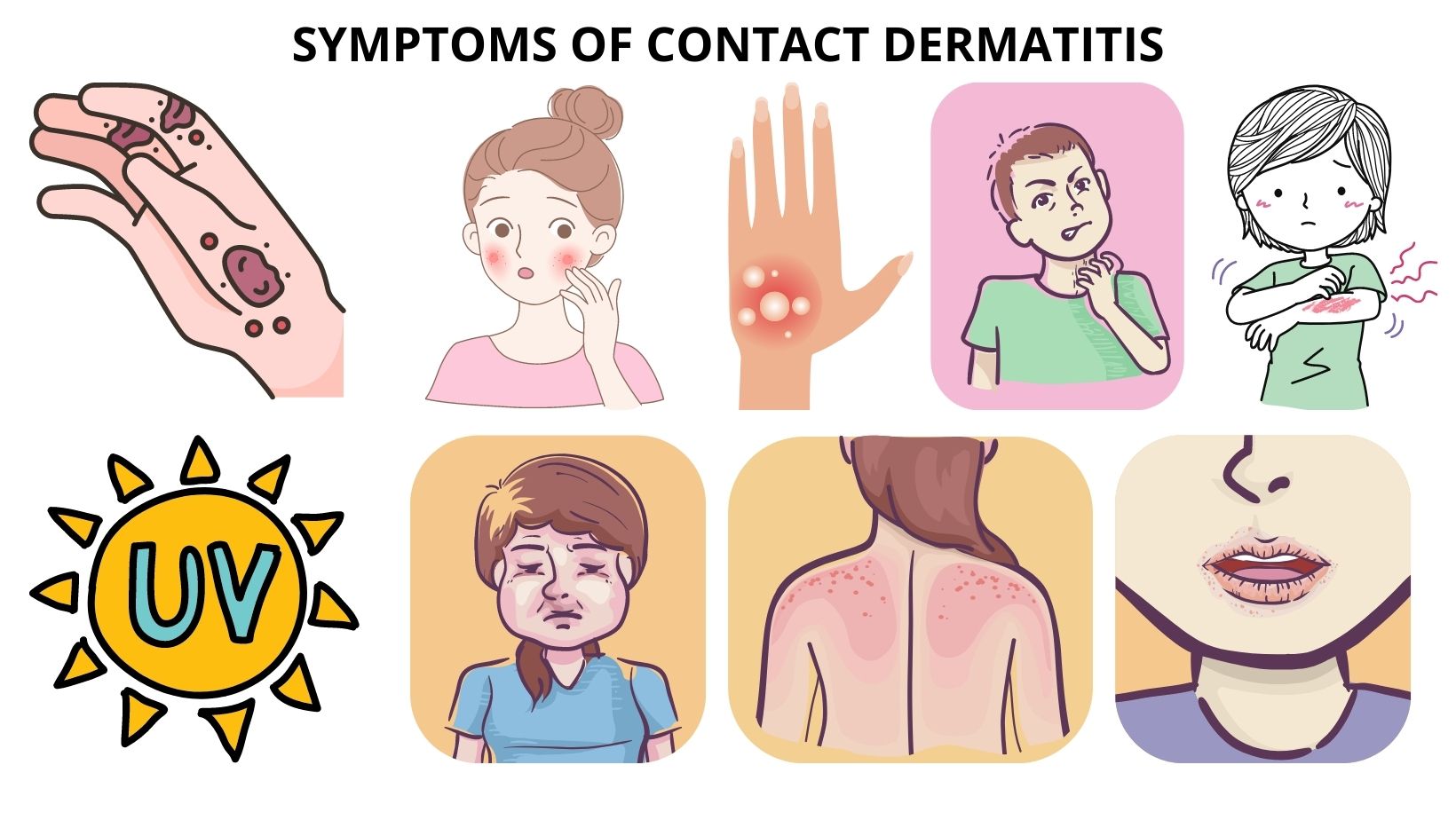Discussion Week 6: Summary
Discussion Week 6: Summary
(Discussion Week 6: Summary)
Impetigo
Impetigo is an infection that affects the epidermis’ superficial layer, causing gram-positive bacteria, and can easily be transmitted from one individual to another. Most patients indicate erythematous plaques with a yellow crust that can be itchy or painful. It develops mostly in children living in hot, humid climates, typically affecting the face and sometimes other body parts with an abrasion, laceration, or insect bite (Ward Susan & Hisley Shelton, 2009). S aureus is the most common cause of nonbullous impetigo, accounting for most of the cases and Group A beta-hemolytic Strep causes the second-most cases. Bullous impetigo exclusively develops due to S aureus. (Discussion Week 6: Summary)
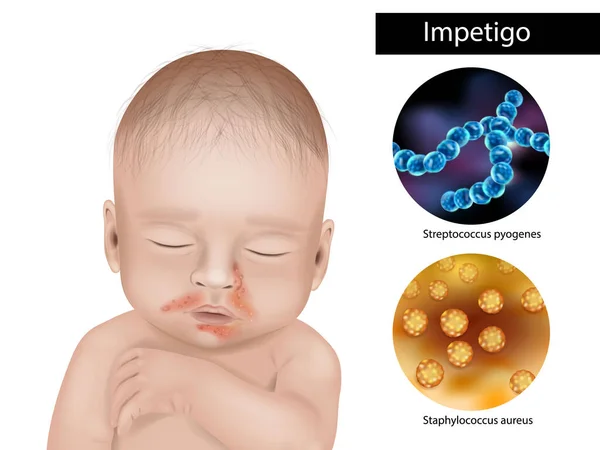
Cellulitis
Cellulitis is a bacterial skin infection, presenting as a poorly demarcated, warm, erythematous area and edema and tenderness to palpation. The bacterial infection is acute, leading to inflammation of the inner dermis and the neighboring subcutaneous tissue. Individuals with cellulitis do not develop abscesses or purulent discharge (Ward Susan & Hisley Shelton, 2009). It is typically associated with beta-hemolytic streptococci of group A. Staphylococcus aureus is the second most common cause of cellulitis. These bacteria enter the skin when the skin breaks, allowing for normal skin flora and the bacteria to reach the dermis and subcutaneous tissue. (Discussion Week 6: Summary)

Human Papillomavirus
The human papillomavirus (HPV) is a DNA virus that contributes to a myriad of epithelial lesions and cancers. It is often non-developed, double-stranded, and circular. It can present as cutaneous and anogenital warts and progress to carcinoma based on the subtype, which is over 100. Persistent HPV infections and having many sexual partners increase the risk of developing more HPV subtypes (Ward Susan & Hisley Shelton, 2009). Clinically, lesions can be visible easily, but in some cases, testing for vital DNA is needed to develop a diagnosis. HPV is associated with laryngeal, oral, lung, and anogenital cancers. (Discussion Week 6: Summary)
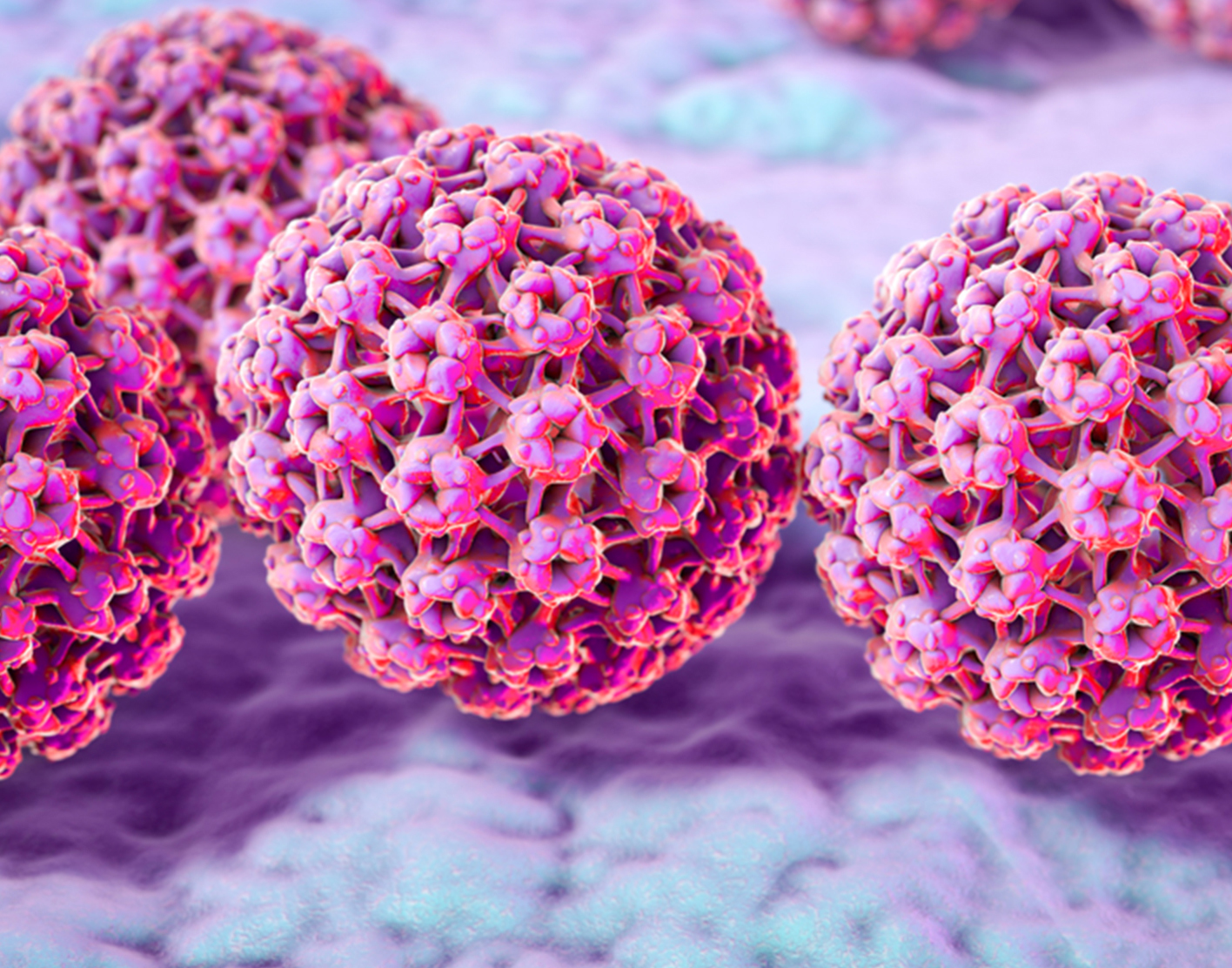
Genital Warts
Genital warts are an infection that results from HPV types 6 and 11 and are typically passed from one individual to another through sexual contact or, in rare cases, through skin-to-skin contact. Most patients indicate warts in clusters or separately in the genital or anal areas (Ward Susan & Hisley Shelton, 2009). Genital warts can disappear within four months after initial appearance but can reoccur three months after completion of initial therapy. The patient’s genital health and immune system, certain HPV strains, inoculation numbers, use of condoms, viral load, and previous HPV vaccinations are determinants of recurrence rates. Risk factors for genital warts include smoking. (Discussion Week 6: Summary)
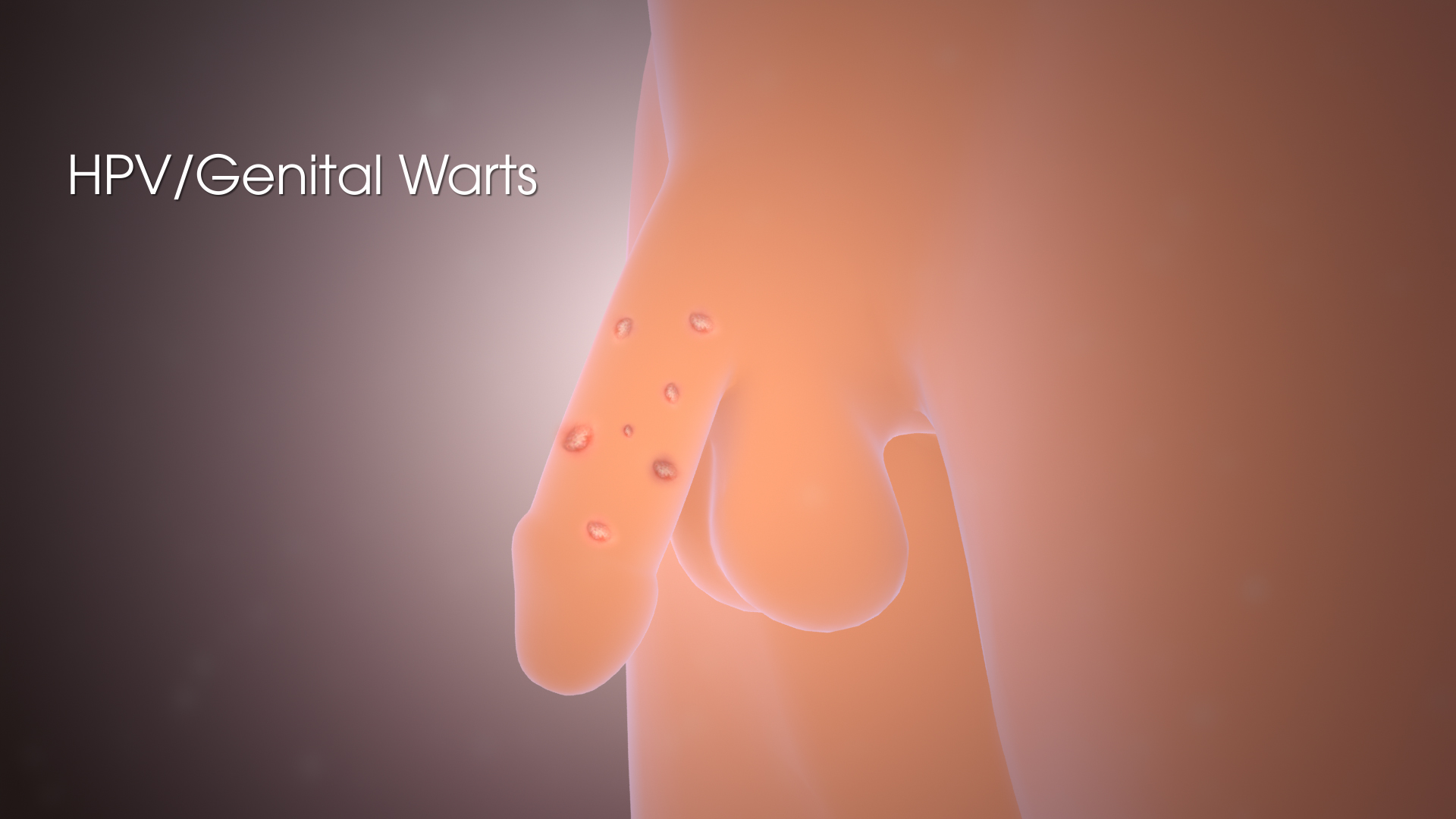
Atopic and Contact dermatitis
Atopic dermatitis (AD) is eczema and the most occurring chronic inflammatory skin disease. Contributing factors include genetic and environmental, causing abnormalities of the immune system and the epidermis and disorders like food allergies, asthma, and allergic rhinitis (Ward Susan & Hisley Shelton, 2009). Additionally, it has significant morbidity with an increasing prevalence over the years. Contact dermatitis is an eczematous skin inflammation resulting from chemical and metal ions that cause toxic effects without triggering a T-cell response. Small reactive chemicals, which modify proteins and trigger innate and adaptive immune responses, are also associated with contact dermatitis. It is common among children, but in most cases, it is self-limited and can be eliminated using simple, supportive measures. (Discussion Week 6: Summary)
Pediculosis
Pediculosis, also louse infestation, impacts many people, with the most common varieties among humans being Pediculus humanus capitis (head louse), Pthirus pubis (crab louse), and Pediculus humanus (body louse) (Ward Susan & Hisley Shelton, 2009). The head louse affects everyone irrespective of socioeconomic status, while the crab louse impacts mostly homeless and displaced individuals. Lice are transmitted mostly through direct skin-to-skin contact or fomite-to-skin contact. Symptoms often present after three to four weeks. Risk factors include poor hygiene and colder months of the year. (Discussion Week 6: Summary)
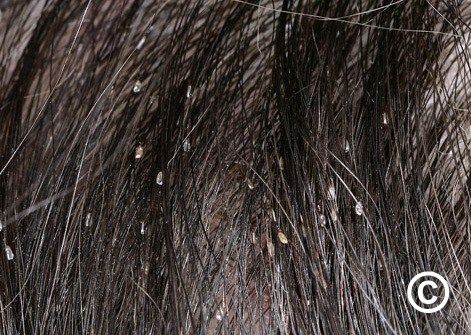
References
Ward Susan, L., & Hisley Shelton, M. (2009). Maternal-Child Nursing Care Optimizing Outcomes for Mothers. Children, and Families. Philadelphia, FA Davis https://search.worldcat.org/title/maternal-child-nursing-care-optimizing-outcomes-for-mothers-children-and-families/oclc/858443324

